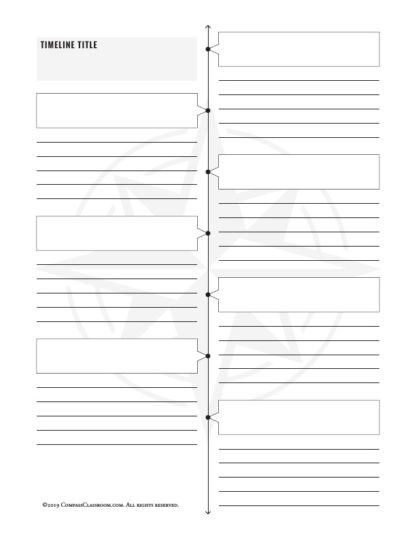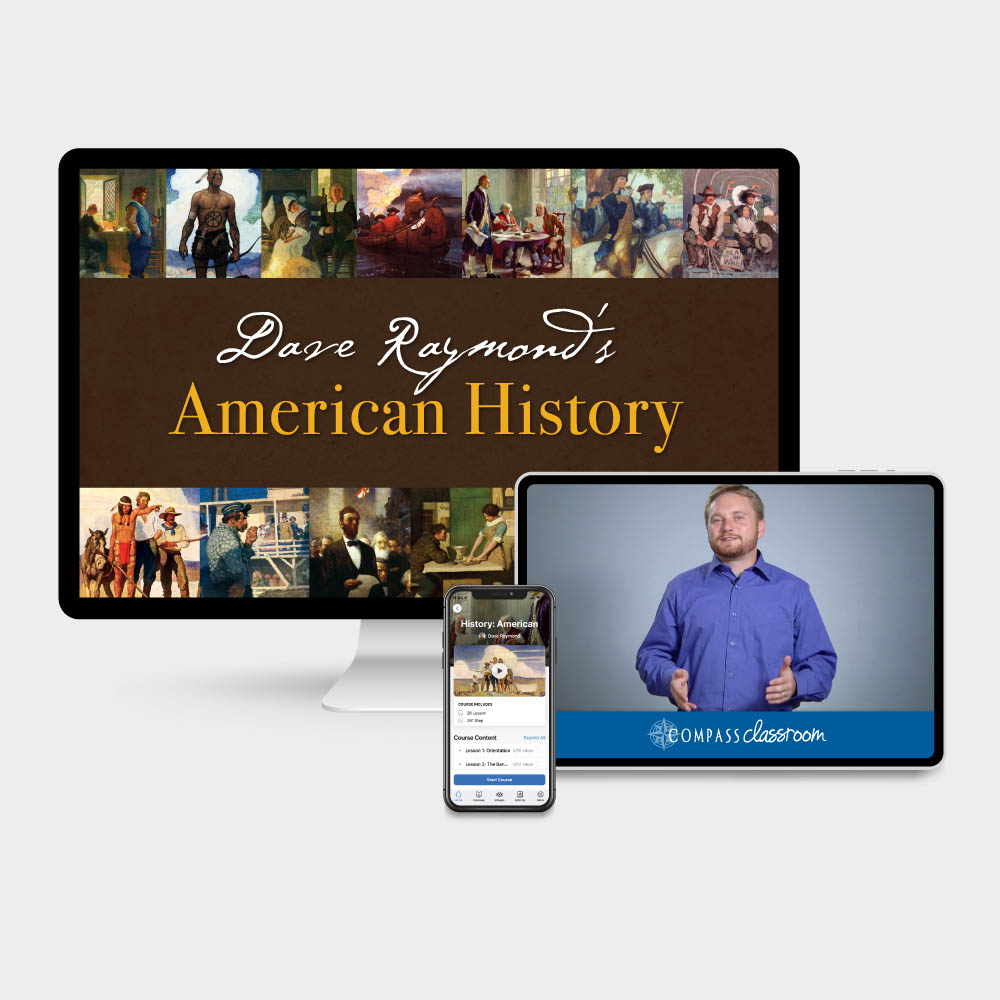
Share this post with another homeschool mom!
Dave Raymond’s History Courses offer many opportunities to add hands-on activities and opportunities to dive deeper into the subject, keep it geared toward a student’s interests, and enjoy learning!
Hands-On History Ideas
- Dramatic readings were all the rage in the 19th Century because folks had to make their own entertainment. Challenge your students to choose a passage, create some costumes, round up some props, and regale you with a historical story or two. The ease of a dramatic reading is that it doesn’t have to be memorized.
- Timelines can take many forms and don’t have to be lifeless and boring. Beyond the typical horizontal card stock on the wall variety, timelines can be built into binders, pennants strung across a window, in books pre-made expressly for use as historical timelines, and digital formats that appeal to teenagers’ creativity. Need a blank one to start with as a draft, download our free history timeline!

- Cook or bake historical meals or dishes. One year our baking daughter planned and served a depression-era meal. We had no idea what was eaten in an American household during the 1930’s, but once we sat around that carb-heavy, cheaply gathered meal, we were resident historians.
- Eat an ethnic food you’ve never eaten. There are so many options all over the world, and depending upon your neighborhood or grocery aisles, I bet you can find dishes from other cultures and try them one by one as you work your way through Antiquity. Be sure to check our blog for recipes based on history.
- Make a study out of Billy Joel’s epic song/saga, “We Didn’t Start the Fire”. We listed every historical personality and event Joel chronicled in his song on one long piece of butcher paper and hung it on our schoolroom wall for the year we were studying modern history, placing a star next to each one after we studied it.
- Challenge your students to create memes of historical events and social media profiles for the people they are studying. What might President Abraham Lincoln tweet if he were the United States’ sitting president today?
- Look for local exhibits. I can get discouraged in a hurry when I know that the big city nearest us has outstanding exhibits and events, but we just can’t make it there. I’ve been delighted to find that sometimes our smaller local museums house artifacts and works that bring insight just as well as the larger, more impressive venues.
- Challenge your musicians to create songs about the events, people, or in the style of the historical period they are studying. Listen to: American Songs, and Modernity Songs
-
 Modernity Songs$0.00
Modernity Songs$0.00 -
 American History Songs$0.00
American History Songs$0.00
- Go to the movies. Of course, there are the classics like Spartacus and Gone With the Wind, but more recent historical movies like A Knight’s Tale (pure fun), Apollo 13, and 1917 are great for high schoolers to watch and analyze, too. Be sure to check out our movie lists and guides for more great ideas!
- Look for plays and musicals being performed near you that reflect the time period you are studying. I was a theatre nerd in high school and college, and I can tell you that without a doubt, my most thorough history knowledge came by way of loving a show, learning all the lyrics, sometimes performing in a production, and researching all there was to know about the subject simply because I was passionate. Some musicals based on history are available to see in local or Broadway touring productions or in movies: Hamilton, Les Miserables, Little Women, 1776, Come From Away, Big River, The Scotsboro Boys, Evita, Annie Get Your Gun, Bonnie and Clyde, Will Rogers Follies, George M, Ragtime, The Civil War, Barnum, Fiorello, The Unsinkable Molly Brown, Titanic, Catch Me if You Can, The Sound of Music, The King and I, State Fair, Gypsy, Me and My Girl, Mack and Mabel, Beautiful, The Boy From Oz, Funny Girl, On Your Feet!, Million Dollar Quartet, Newsies, Chaplin.
Read the background of each musical before setting out to see them; you may find one or another to be inappropriate viewing for your student and I wouldn’t want to mislead you. - And what about making your own movies? Do you have budding filmmakers? This is a great opportunity to combine a course like Filmmaking From the First Directors with your current history studies.

Filmmaking from the First Directors
Takes students through a unique journey starting in the late 19th-century when film was invented, then guides them through the steps first directors took in creating the modern language of film. The goal of the class is to teach students how to make films one step at a time.
Try as we might, some of our students aren’t going to love a subject no matter how creative we might make it. Continue to provide quality curriculum and let the learning happen their way.
Modernity – World History Curriculum
History is best understood through the dual lenses of dramatic story and godly wisdom. Dave Raymond teaches history by applying a Christian worldview to characters, events, theology, literature, art, and religious beliefs of a culture. In Modernity, the follow-up course to American History, Dave Raymond explores world history from 1500 to the present. Learn more about this popular series.
Share this post with another homeschool mom!

















